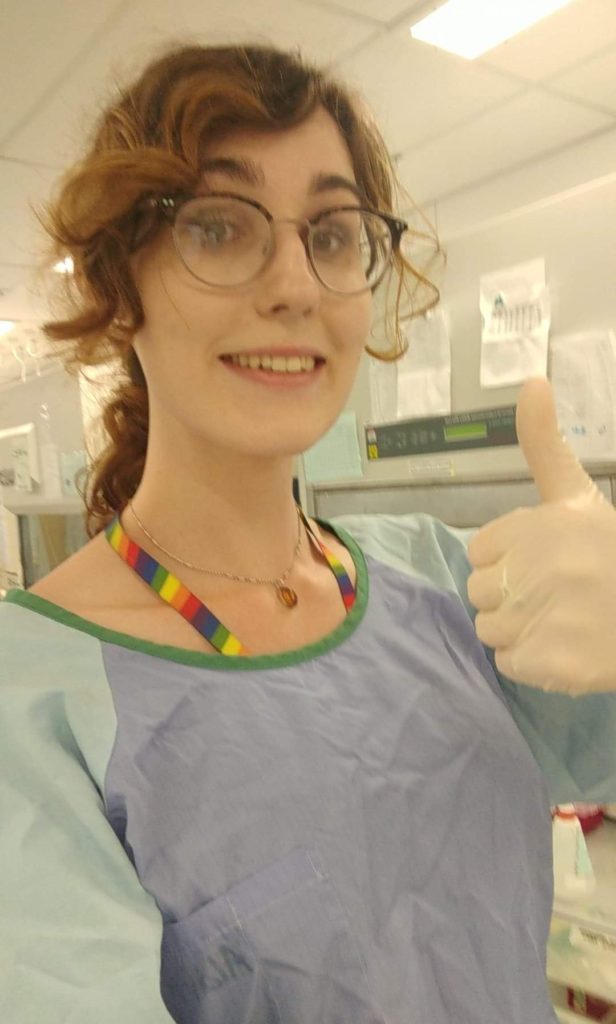PROFILE: Dr. Alison Wright, post-doctoral researcher, Institute for Tissue Engineering & Regenerative Medicine


My name is Alison Wright and I am a post-doctoral researcher at the Institute for Tissue Engineering and Regenerative Medicine in Munich, based out of the Helmholtz Zentrum München.

Although I’m now loving my time in Germany, I’m actually from Brisbane, Australia so I guess you could say I’ve made the transition from Brisbane to Bratwurst.
My background is in examining the interactions between olfactory glia and macrophages.
My Ph.D. project examined these cells because olfactory glia are a promising candidate for the treatment of spinal cord injury, but we need to figure out how they interact with the immune system!
More recently I’ve been looking at growing organoids from glioblastoma tumours, maintaining my interest in the interactions between the neurological and the immunological. Outside of the lab, I have a passion for space, and I do my best to promote #TransInSTEM.
1. Every time you smell something, the neurons involved in that signal reception can die! Even so much that the neurons in your nose need to renew every 30 days! (In mice at least).
2. The regeneration process of neurons in your nose is so specific that the neurons will bundle up (collected by the olfactory glia) and then get sorted to specific regions of the olfactory bulb based on specific receptor expression for which there are over 1,200!
3. The nose is an entry-point for bacterial infection! A study in mice found that the bacteria Berkholderia Pseudomallei can travel via the trigeminal nerve in the nose all the way to the spinal cord! “Berky” is often released from dirt in storms in far north Queensland in Australia, and some Asian countries. Be careful of what you breathe!
Connect with Alison
REFERENCES
If you’d like to have your work featured on We Rep STEM, get in touch! We can be reached via email at werepstem@gmail.com.
